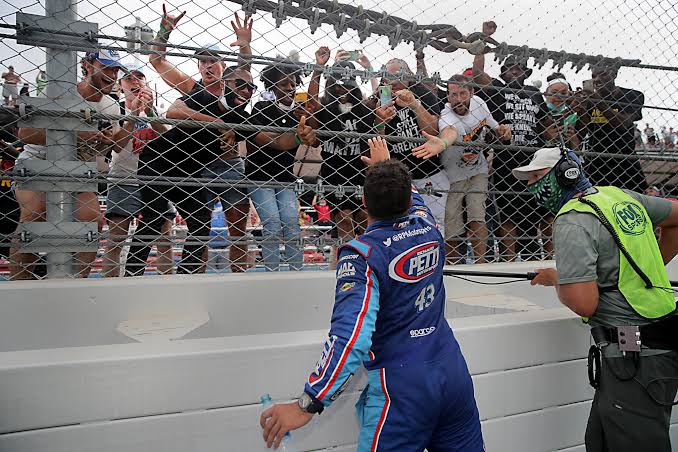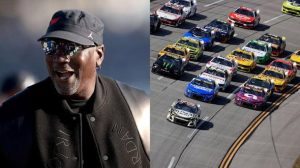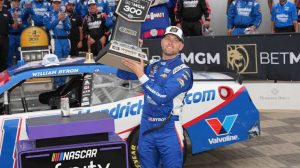
As a dedicated NASCAR fan, I can tell you that the world of stock car racing is truly exhilarating and full of passion, history, and excitement. NASCAR, short for the National Association for Stock Car Auto Racing, has a rich legacy that dates back to the late 1940s, and it has grown into one of the most popular motorsports in the United States. For fans like me, watching the roar of engines, the skillful drafting, and the strategic pit stops is more than just a pastime—it’s a way of life.
One of the most iconic aspects of NASCAR is its legendary tracks. Daytona International Speedway and Talladega Superspeedway are the crown jewels of the circuit, known for their high speeds and thrilling finishes. The Daytona 500, often referred to as “The Great American Race,” is arguably the most prestigious race in the sport and draws millions of viewers each year. The atmosphere at these events is electric, with fans camping out, decorating their spaces, and passionately cheering for their favorite drivers.
Speaking of drivers, NASCAR has produced some of the most talented and charismatic athletes in motorsports history. Names like Richard Petty, Dale Earnhardt, Jeff Gordon, Jimmie Johnson, and more recently, Kyle Busch and Chase Elliott, have left indelible marks on the sport. Each driver brings their own style, personality, and rivalry that adds layers of drama to the races. The competition is fierce, and the battles on the track often come down to just inches, showcasing incredible skill and nerve.
The cars themselves are fascinating machines—stock cars that are heavily modified for optimal performance and safety. They run on high-octane fuel, with engines producing hundreds of horsepower, reaching speeds over 200 miles per hour. The engineering behind these vehicles is complex, involving aerodynamics, tire management, and precise tuning, all aimed at gaining even the smallest advantage. Watching a well-executed pit stop, where a team can change tires and refuel in seconds, is a spectacle that highlights the teamwork and precision involved in NASCAR.
NASCAR races are not just about speed—they’re also about strategy. Teams must decide when to pit, how to manage tire wear, and how to navigate the drafting techniques that can either boost a car’s speed or cause accidents if not handled carefully. The unpredictable nature of the races keeps fans on the edge of their seats, as crashes and cautions can dramatically alter the outcome. This element of unpredictability makes every race unique and exciting.
Fan culture is a vital part of NASCAR. The community is passionate, loyal, and often deeply connected to their favorite drivers and teams. Many fans follow their drivers’ careers closely, attending races, wearing team merchandise, and participating in tailgate parties. The camaraderie among fans, regardless of their background, is a testament to the inclusive and celebratory spirit of the sport.
NASCAR also emphasizes its roots in American culture—values like perseverance, competition, and community. The sport has evolved over the decades, embracing technology and diversity, but it still maintains a nostalgic connection to its history. For many fans, attending a race is a family tradition, a chance to create memories and share a love for racing that spans generations.
In recent years, NASCAR has been working to broaden its appeal by promoting diversity and inclusion, introducing new drivers, and engaging with younger audiences through social media and innovative content. Despite these efforts, the core of NASCAR remains its thrilling races, iconic tracks, and passionate fans.
In conclusion, being a NASCAR fan means embracing the thrill of high-speed racing, appreciating the engineering marvels, enjoying the strategic battles, and celebrating a sport rooted in American tradition. Whether you’re a casual viewer or a die-hard supporter, NASCAR offers a unique blend of excitement, community, and history that continues to captivate millions across the country and around the world.





